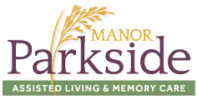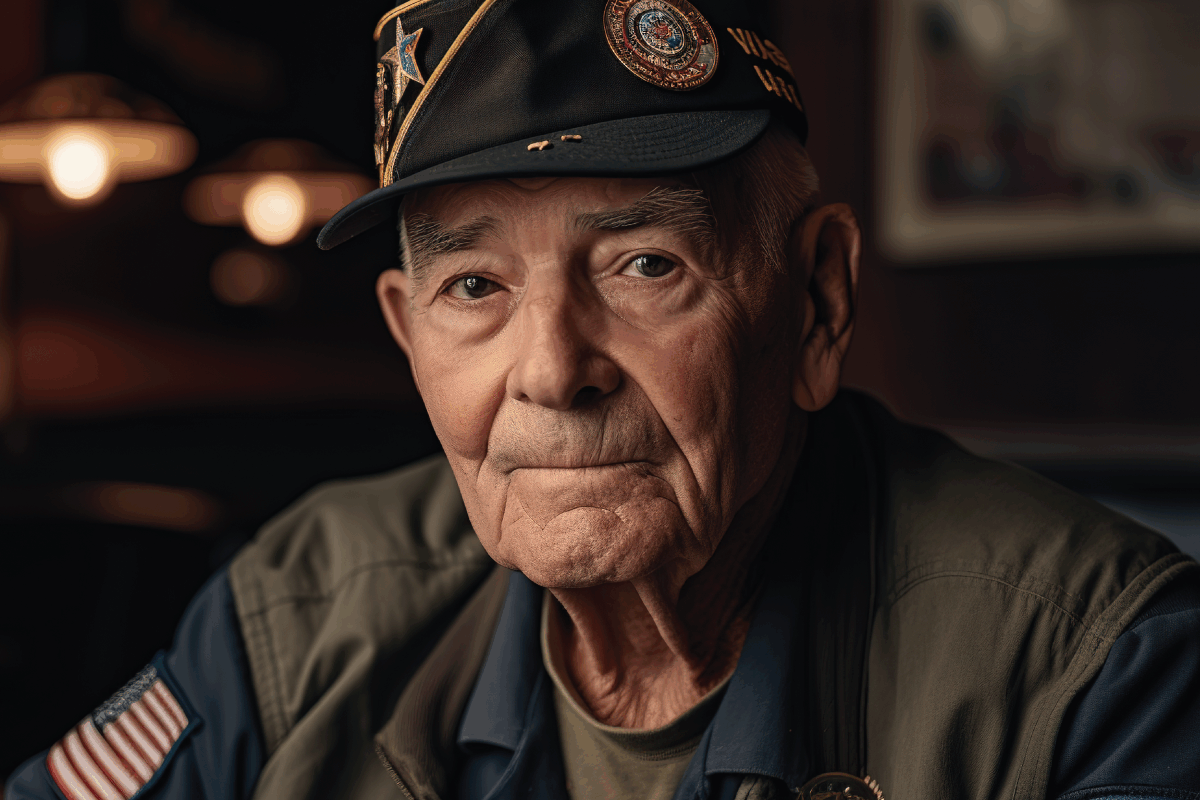Care Benefit for Veterans
Navigating Assisted Living with the VA Aid and Attendance Benefit
For many veterans and their families, the transition to assisted living can be both emotionally and financially challenging. Fortunately, the U.S. Department of Veterans Affairs (VA) offers a little-known but powerful benefit that can help ease the burden: the Aid and Attendance benefit.
If you or a loved one served in the military and now require help with daily activities, this program might be the key to unlocking quality care without draining your savings.
What Is the Aid and Attendance Benefit?
Aid and Attendance is an additional monthly payment added to the VA pension for eligible veterans and surviving spouses who need help with activities of daily living (ADLs). These include:
- Bathing
- Dressing
- Eating
- Managing medication
This benefit is designed to support those who require regular assistance due to physical or cognitive limitations.
How Much Can You Receive?
As of 2025, the maximum annual Aid and Attendance benefit amounts are approximately:
Recipient Type / Maximum Annual Benefit
Single Veteran / $27,609
Married Veteran / $32,729
Surviving Spouse / $17,743
Two Vets Married to Each Other / $43,791
These funds are tax-free and can be used to cover a wide range of care-related expenses.
Using Aid and Attendance for Assisted Living
One of the most significant uses of the Aid and Attendance benefit is to help pay for assisted living. Here’s how it works:
- Monthly Payments: The benefit is paid directly to the veteran or surviving spouse, who can then use it to offset the cost of assisted living care and services.
- Flexible Use: The funds can be applied toward room and board, personal care services, and other support provided by licensed assisted living communities.
- Supplemental Support: Aid and Attendance can be combined with other income sources to make assisted living more affordable.
Eligibility Requirements
To qualify, the veteran must:
- Have served at least 90 days of active duty, with at least one day during a wartime period.
- Have received an honorable discharge.
- Meet income and asset limits set by the VA.
- Require assistance with ADLs.
Surviving spouses must also meet similar criteria, including marriage duration and financial need.
How to Apply
Applying for Aid and Attendance can be complex, but here are the basic steps:
- Gather Documentation: Military discharge papers (DD-214), medical records, financial statements, and proof of assisted living expenses.
- Complete VA Forms: The forms can be found online at va.gov/find-forms.
- Submit to the VA: Applications can be mailed to the VA Pension Management Center, dropped off at a VA regional office near you, or submitted through a VA-accredited representative.
Many families find it helpful to work with a VA benefits advisor, elder law attorney, or veterans service organization to navigate the process.
We can also help you with the application process and connect you to other local resources.
Learn Now if You Qualify
The Aid and Attendance benefit is a testament to the nation’s commitment to care for those who served. If you think you or a loved one might qualify, don’t wait—explore your options and start the application process today.





